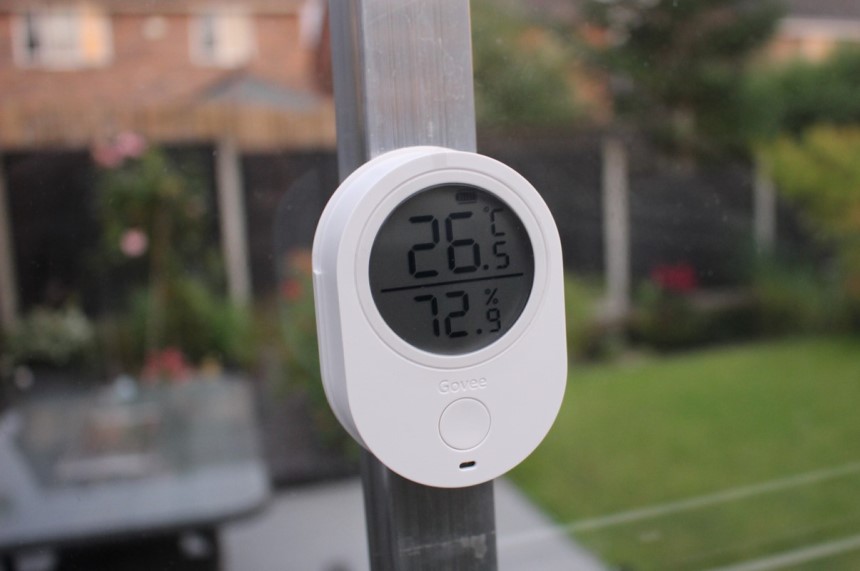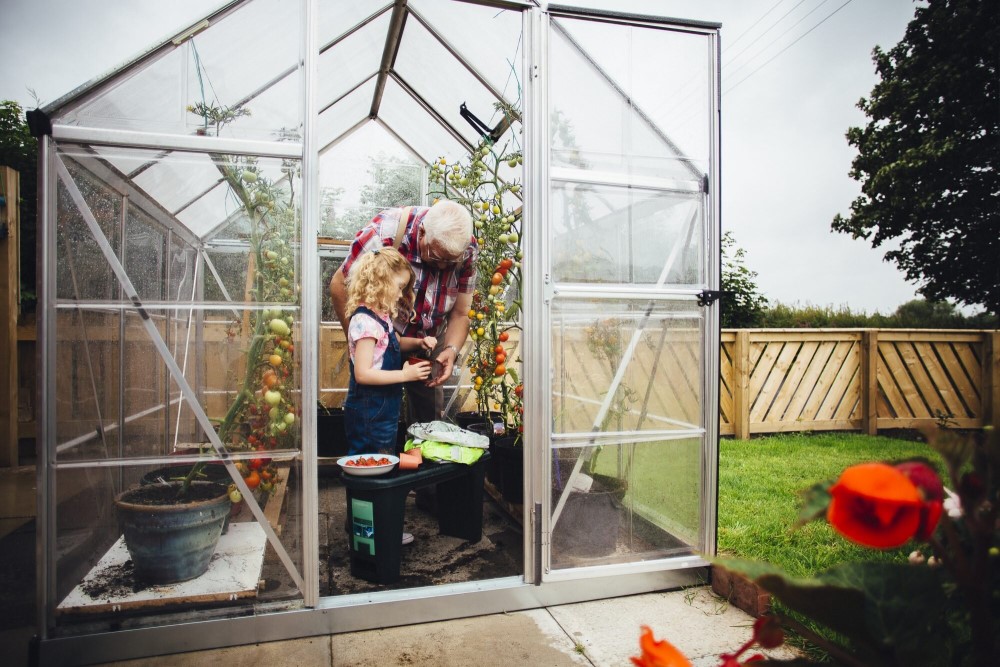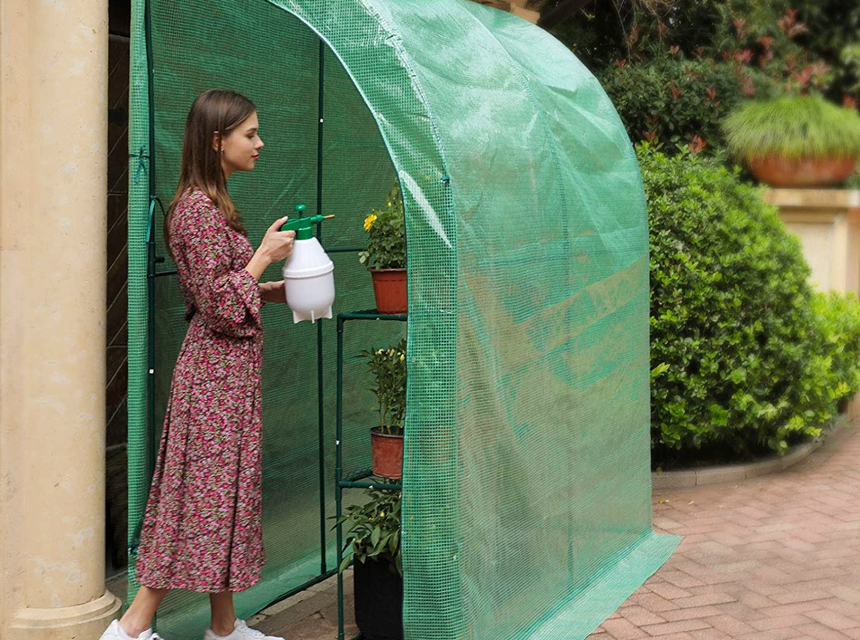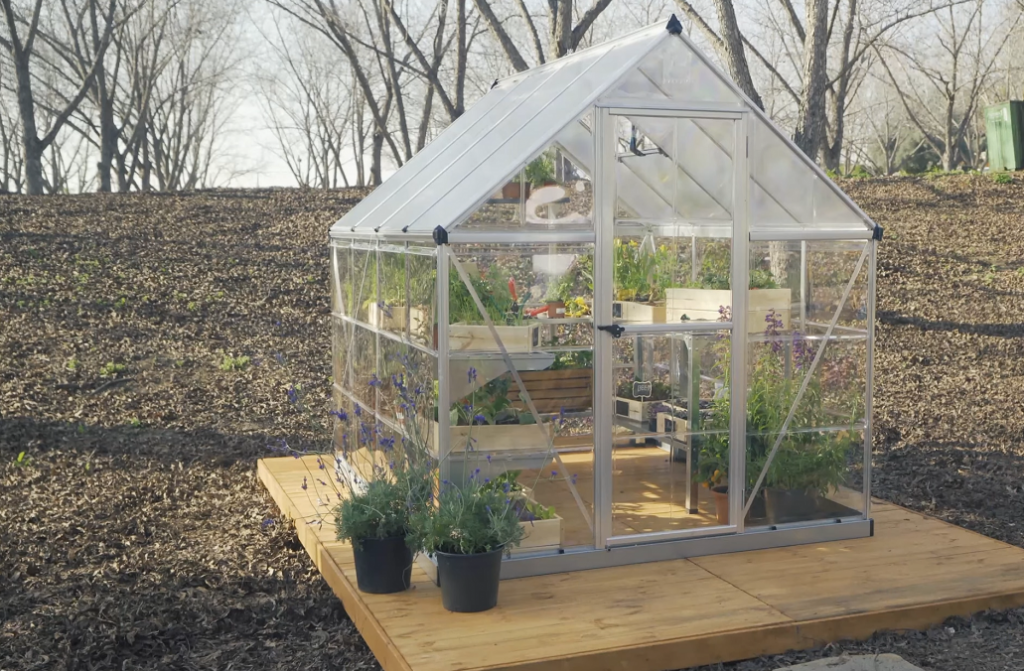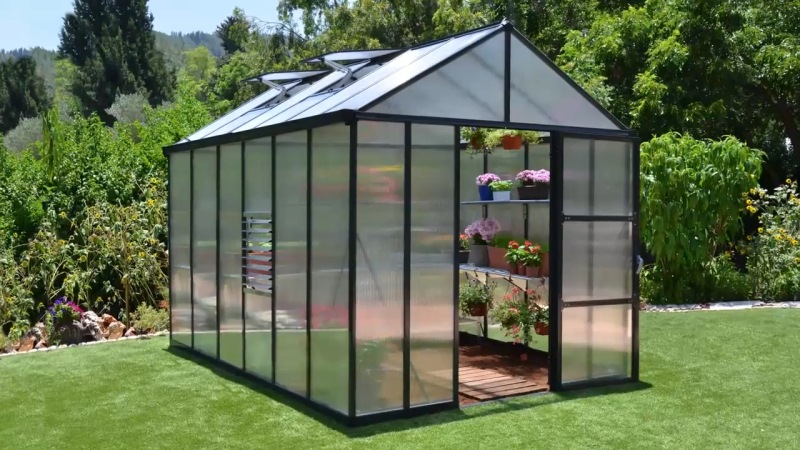
Winter is coming. Although there are no white walkers, your plants are in danger. Using a greenhouse can help increase plant yield in unfavorable weather conditions, but sometimes, it’s not enough. The usefulness of a greenhouse is that it traps heat from the sun in the daytime, allowing plants to stay warm on cold nights. But what happens when there’s no heat in the day?
This is why you need to winterize your greenhouse. Winterizing your greenhouse for winter season means you can guarantee that your plants will thrive despite the cold weather and pave the way for a lush garden next spring. In this article, you’ll find out how to winterize your greenhouse at the right time, and ultimately, achieve the perfect winter garden.
Plants are affected by cold in several ways depending on the site, soil, duration of cold and other factors. Cold freezes the plant cells, causing damage to nutrient and water pathways. This damage can lead to wilting and sometimes the death of your plants. Even hardy plants have a tough time in severe winter without protection, with flower buds dying off Trusted Source Landscape: Effects of Cold on Landscape Plants | Center for Agriculture, Food, and the Environment at UMass Amherst Some New England winters are characterized by relatively mild temperatures, or at least by a lack of extreme cold. It is also not uncommon, however, for temperatures to dip to near record-breaking levels. Following periods of extreme cold, many in the Green Industry ask about the impact such temperatures may have had on plant materials in the landscape. That kind of question ag.umass.edu . A good greenhouse for winter is therefore essential to preserve the growth and health of your plants.
Greenhouses are great for growing plants, not just in the winter months but also in the summer. They help trap heat from the sun to keep your plants healthy and warm. If you’re using a large greenhouse kit like the Ohuhu Green for Outdoors with Observation Windows or a walk-in, small greenhouse, like the Gosunny 4-Anchors Greenhouse, it is crucial to winterize your greenhouse to protect your plants in winter.
Your greenhouse’s proper annual winterization measures will entail sanitary measures, preventive measures, structural repair, and pest control procedures. This process helps to ensure the durability of your greenhouse in the winter months. It guarantees that the infrastructure will handle the dangers of winter with minimal wear and tear.
With winter drawing near, now is the time to prepare your greenhouse for winter. Below are some essential steps to follow as you winterize your greenhouse:
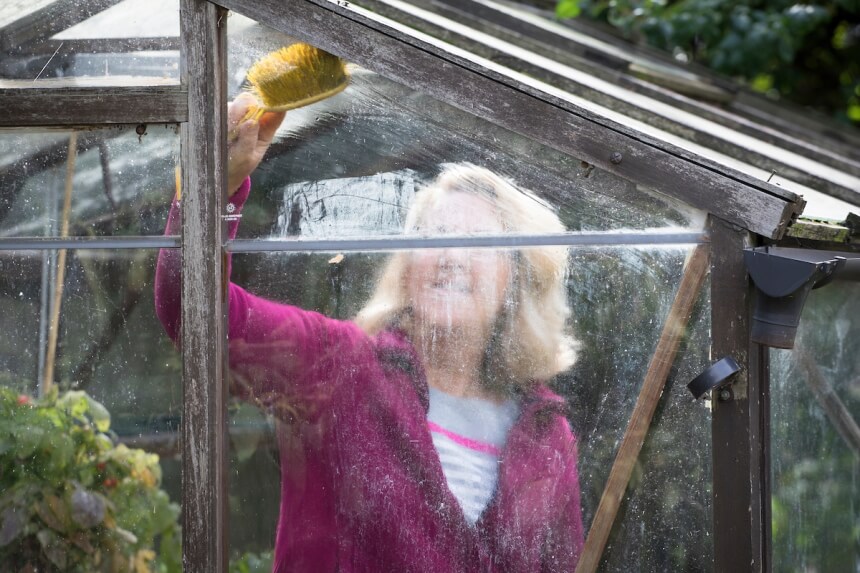
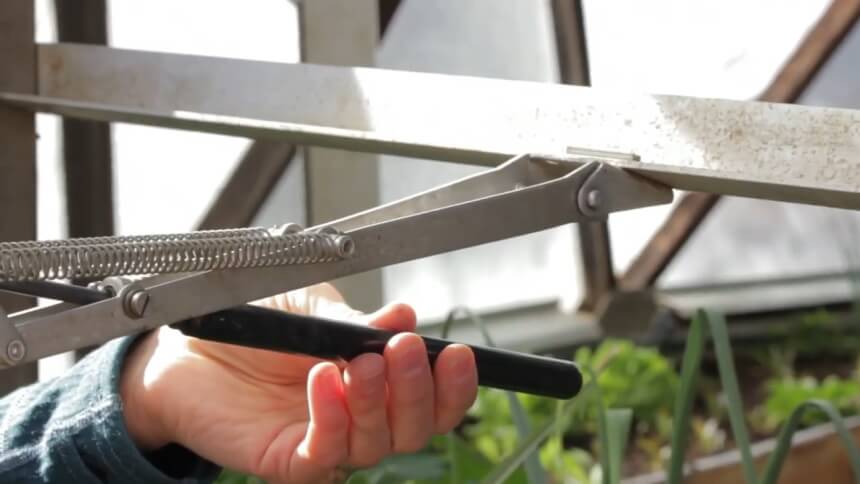
If your greenhouse is not secure enough, you’ll also have to deal with pests getting into the structure. Make sure that you examine your greenhouse thoroughly to ensure that you’re not missing out on any factors that can pose a threat to your plants.
Some points to take note of as you examine your greenhouse include:
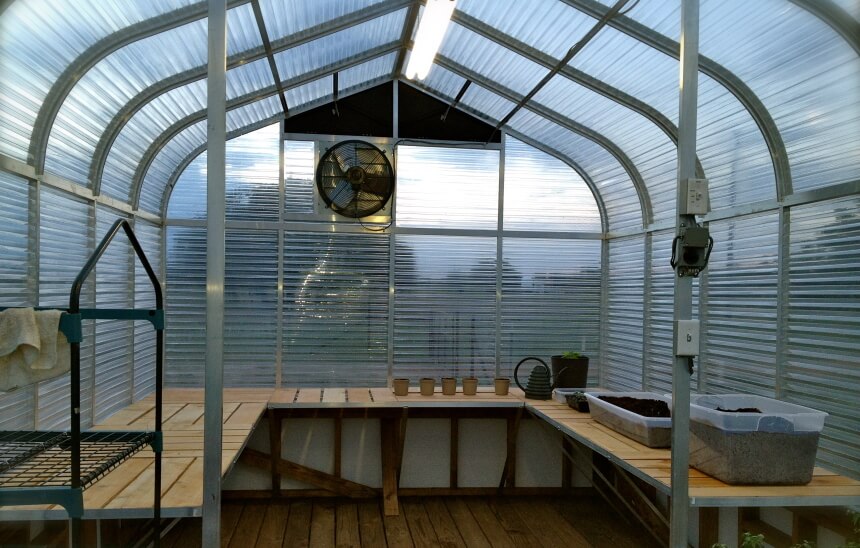
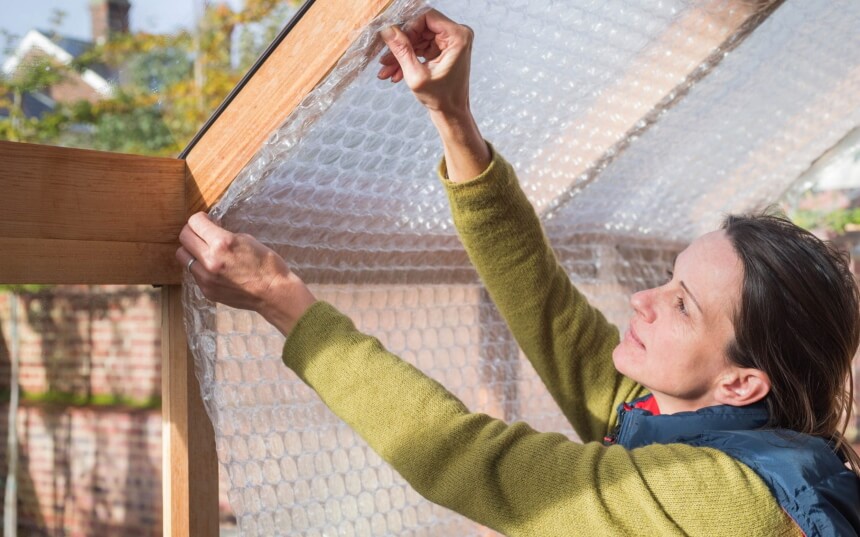
You’ll also need effective insulation strategies after you’ve installed a working heating system. Replace any worn cladding, and seal any cracks or gaps you find with heat-retaining silicone caulk or a simple duct tape. You can also tape translucent bubble wrap with greenhouse clips, staple guns, or duct tape to the walls, ceilings, and windows to provide adequate insulation.
Great insulation shields can even help reduce stress on your heating system, with one of the best quality products being Reflective White Foam Insulation Heat Shield. It has reflective aluminum polyester film on one side and a white vinyl cover on the other and provides lightweight but durable insulation. It can be cut easily and taped to windows and walls to insulate and protect your greenhouse from mold, mildew, and pests.
You will have to experiment a little, especially during your first winter, to discover what is best for your greenhouse in this season.
The process is time-consuming and requires some amount of effort, but winterizing your greenhouse is definitely worth the hassle. These steps are sure to reward you with healthy, thriving plants all winter long.
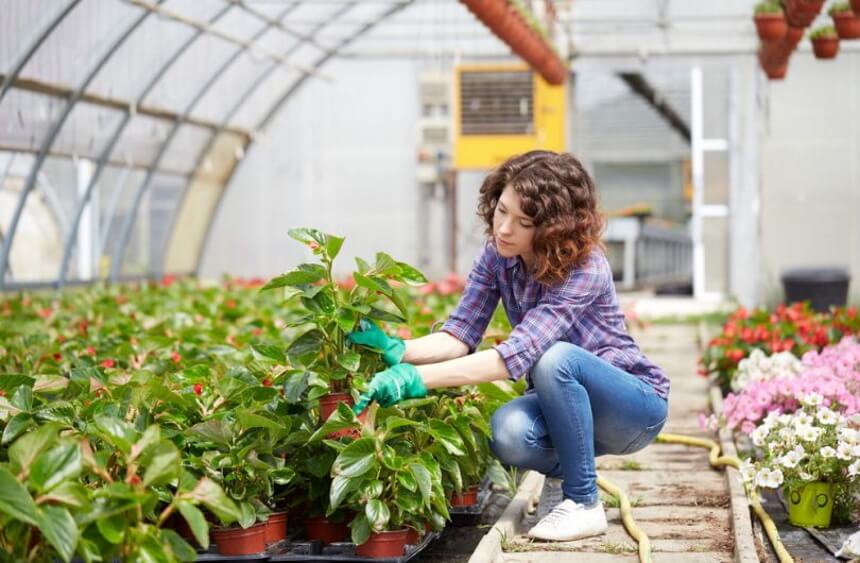
The quick video below goes once again through the process.
By following these tips to winterize your greenhouse, you can make it a safe haven for your plants throughout winter. Like we’ve mentioned throughout this article, timely maintenance and winterization of your greenhouse are essential to the survival of your garden plants in the frigid winter weather.
A winterized greenhouse allows you to grow a wider selection of vegetables, flowers, and shrubs. If you want to avoid starting over in the spring, a winterized greenhouse is your best bet. We’ve shown you how to winterize a greenhouse; all that remains is for you to make the most of the information we’ve provided. By following the tips and steps provided, you’re sure to have a flourishing and fruitful garden, even in the worst of winter.
